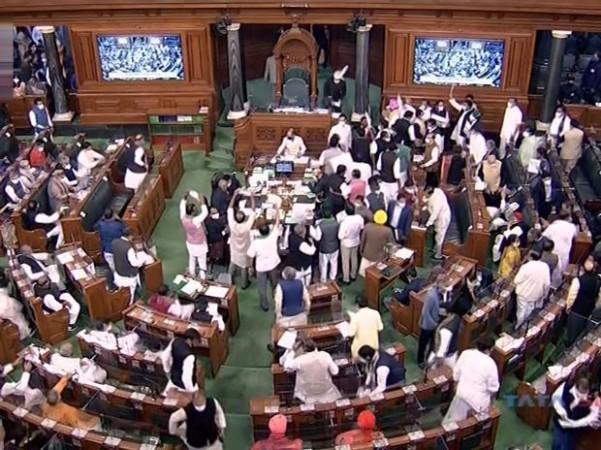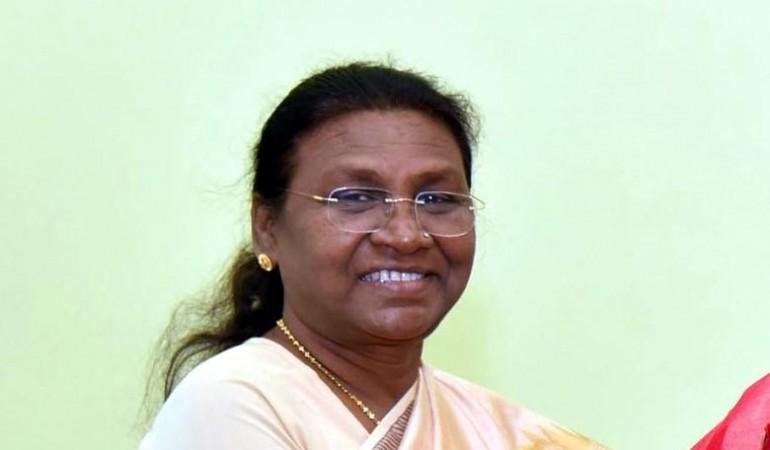The Election Commission has notified that the election of India's 15th President will be held on July 18. NDA candidate Draupadi Murmu has been in Agartala seeking support for the same. If the numbers, and how the previous elections have played out, are anything to go by, she is most likely the next President of India. Most likely, not a sure shot.
The process and the procedure
The President of India does not hold a political but rather a constitutional post. That has never weighed down the fact that a lot of political lobbying goes behind finally holding that position. Eventually, it all boils down to the weightage of MPs and MLAs, who collectively form the electoral college. Nominated members of Rajya Sabha, Lok Sabha and the Assemblies, and members of the state Legislative Council cannot vote in the Presidential election as they are not part of the electoral college.

What does the Constitution say?
Under Article 62(1) of the Constitution, "An election to fill a vacancy caused by the expiration of the term of office of President shall be completed before the expiration of the term." President Ram Nath Kovind's tenure ends on July 24, while the new President will take oath on July 25.
Down to the numbers
This year, the electoral college comprises 776 Members of Parliament (MPs) and 4033 MLAs, who'll be voting to nominate the President. The total value of votes is 10,86,431, of which the value of MLAs' votes is 5,43,200. The 776 MPs are further broken into (543 in Lok Sabha and 233 in Rajya Sabha).

The value of each vote is determined by the population of each state as per Census 1971. This is why the value of each MLAs vote varies significantly and is not the same.
For instance, the value of MLA's vote is as high as 208 in Uttar Pradesh and as low as 7 in Sikkim. Further quantified, UP's 403 MLAs contribute 208 x 403 which is equal to 83,824 votes. On the other end of the spectrum, Sikkim's 32 MLAs contribute 32 x 7 which is 224 votes. This is how the total number of votes of all the MLAs amount to 5,43,200.
To bring about equality between MPs and MLAs, the process states that 776 MPs should contribute the same total number of votes as the MLAs. Thus the value of 5.43 lakh is distributed among 776 and the total electoral pool thus amounts to 10.86 lakh. After the state of UP, it is Maharashtra, whose collective quantified value of votes is 50,400.
Hence, given the process, BJP clearly has an advantage due to its recent win in the assembly polls, including UP. But the BJP and its allies have fewer MLAs than it had in 2017. On the other hand, the number of MPs has gone up, making it confident of a win.
The BJP-led NDA though is quite ahead of the Congress and its allies but still short of the required halfway mark. NDA currently has 48% of the votes (BJP 42% and allies 6%), while the Congress and its allies (which include DMK, Shiv Sena, NCP, JMM) are batting at 24% collectively.














